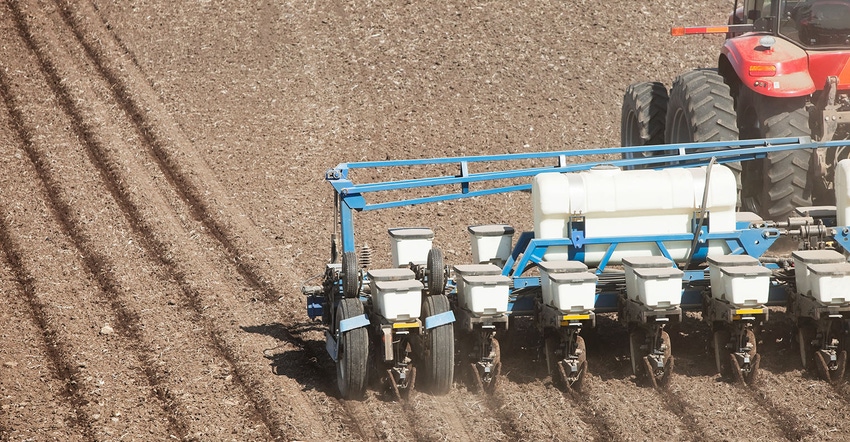March 29, 2021

The March 31st Grain Stocks and Planting Intentions report is finally upon us. Traders have been looking ahead to this report for weeks now. While we do get a USDA report at least once a month throughout the year, not all reports are created equal. This report gives us a quarterly update of grains stocks on hand, as well as our first survey-based estimate of 2021 planting intentions.
What are the estimates for the report?
The average trade estimate for corn stocks on hand is 7.770 billion bu. The range of estimates is 7.573-7.980 billion. For reference, last year, the March 1st corn stocks figure was 7.952. With a trade range of 400 million from high to low, you can see why we can have volatility with this report.
For soybeans, the average trade estimate for bean stocks on hand is 1.537 billion bu., with a trade range of 1.440-1.825. Here too, we have a trade range of almost 400 million bushels, which is a big range for soybeans, and again shows the differing opinions of what we have on hand. For reference, bean stocks last year were estimated at 2.255 billion.
For planting intentions, corn acres are estimated at 93.1 million, with a range of 92.0-94.5. Last year, we planted 90.8 million acres of corn. For soybeans, the average estimate is 90.1, with the range of estimates being 88.9-91.3. If you combine the corn and soybean estimates, you get a total of 183.2 million acres. This would be the highest corn and soybean total acreage ever, surpassing the high of 180.3 million planted in 2017.
How to prep for the report
One of the first things a producer should realize is that these numbers are a snapshot in time. These numbers will change as we go forward. The acreage number will likely change by June 30th, and they are even likely to change in USDA’s October report. They are not ‘set in stone’ numbers. Mother Nature, and price, can still dictate what eventually gets planted.
Second, remember that a price trend is only as good as the next USDA report. There are very few things that disrupt and change market direction faster than a USDA report. We have had several neutral to friendly reports now for several months. What happens to your bottom line if this report changes the markets direction, or trend? Are you prepared for that?
Knowing how disruptive both USDA reports, and weather, can be to market direction, why do we still want to go into this report, and into the growing season, without a risk management plan? There is good profit potential right there in front of you today. How will you lock that up, and still be in the market?
If you are typically an aggressive seller, you are most likely locking in great profits today, assuming we grow the crop. I am all for selling if you are comfortable with it, but are you prepared if we see this market continue to rally? You need call options in place to keep you in the market if we go higher. Now if the market goes lower, you know you already made good sales, but if we work higher, the calls will be there to add value to those sales.
On what is not being sold now, protect yourself with put options. Put options gain in value if the market works lower. This will then protect your balance sheet from the market falling apart before you can do anything about it. In many cases, the floor you can establish will still be at a profitable level today, so if we do work lower, you are still profitable. If we continue higher, however, you are still able to participate in that rally because that grain is not sold yet. We may even be able to roll the puts higher, increasing your floor. By managing your market risk with these tools, you have now allowed market volatility to be an opportunity for you, and not a detriment.
Remember that change happens fast. There are so many things that go into the market that you cannot predict what will happen. You can, however, be in charge of your operations fiscal opportunities by implementing a marketing plan that protects you from a USDA report, or anything else that could disrupt the market going forward.
Advance Trading
Contact ATI at
800-664-2321
The risk of trading futures and options can be substantial. All information, publications, and material used and distributed by Advance Trading Inc. shall be construed as a solicitation. ATI does not maintain an independent research department as defined in CFTC Regulation 1.71. Information obtained from third-party sources is believed to be reliable, but its accuracy is not guaranteed by Advance Trading Inc. Past performance is not necessarily indicative of future results.
The opinions of the author are not necessarily those of Farm Futures or Farm Progress.
About the Author(s)
You May Also Like






